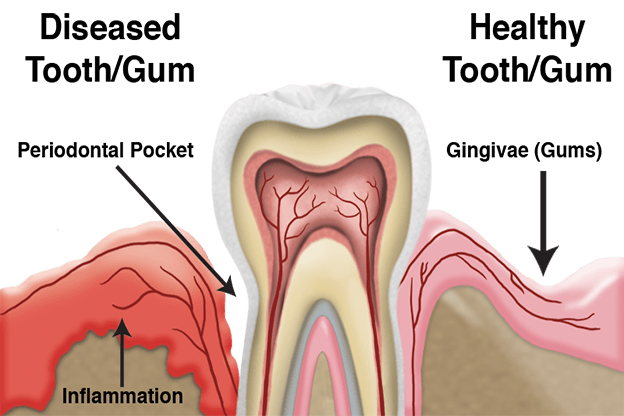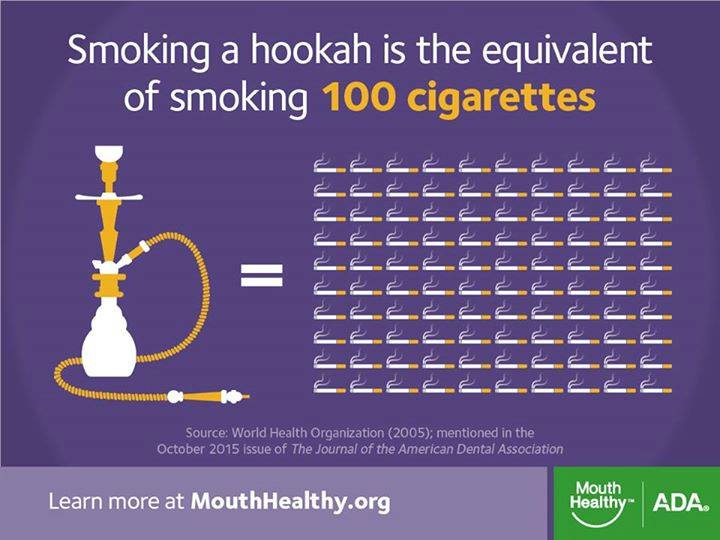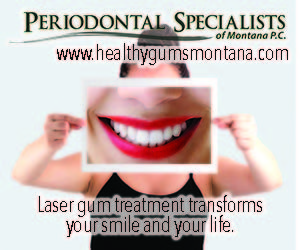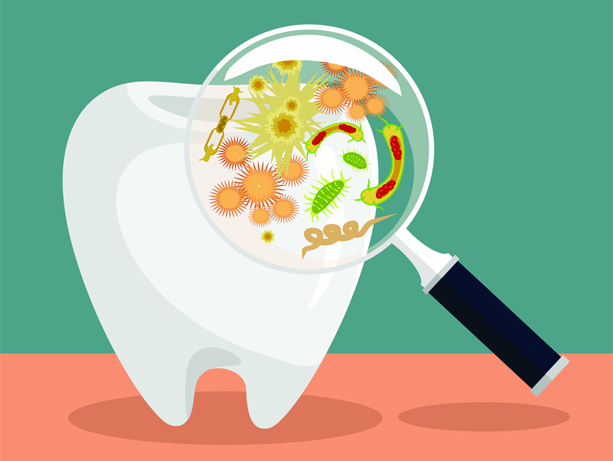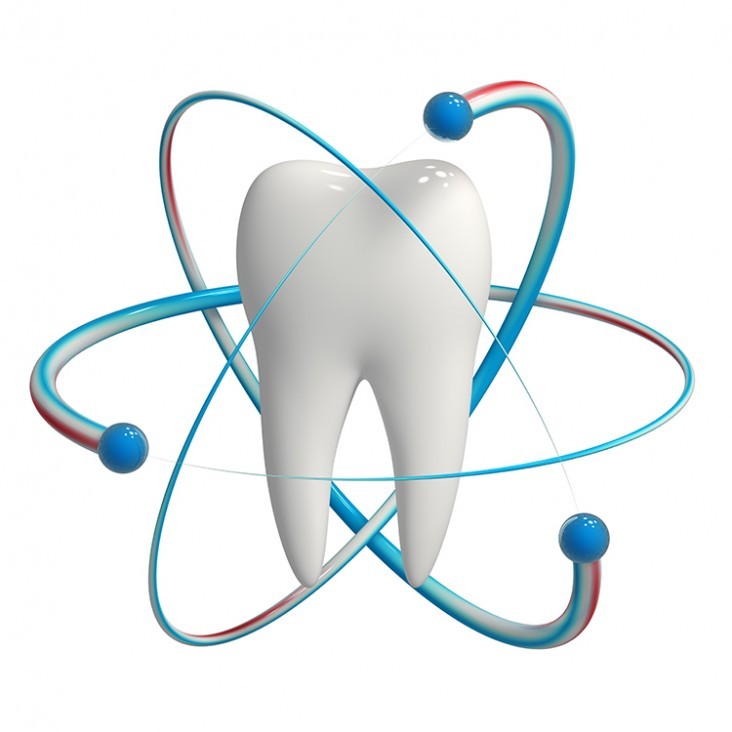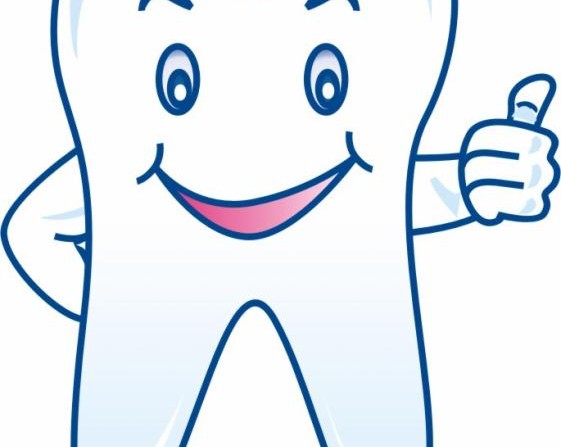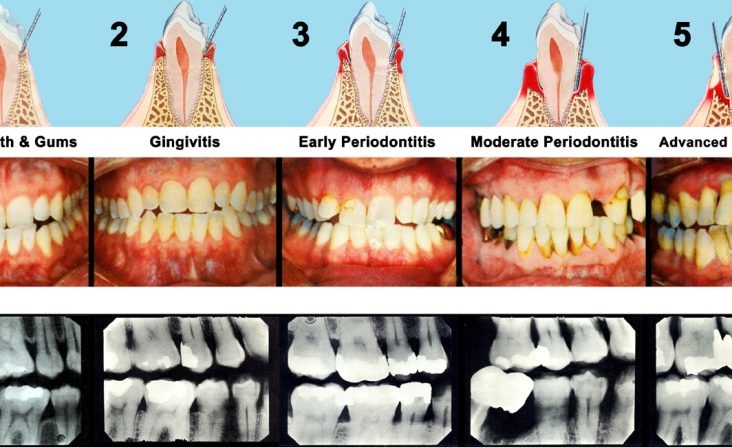Did you know that Periodontal Disease is more than bacteria in your mouth? It’s true, but we don’t often think of periodontal disease when it comes to Diabetes and Heart Disease. Inflammation within the body is responsible for both oral disease and other systemic bodily diseases, which means that it is vital to your health to treat the inflammation from periodontal disease as well as inflammation from other diseases. Here are a few reasons that periodontal disease can occur if you have one of these diseases.
Diabetes
Periodontal disease is common in diabetics. The cause of periodontal disease in diabetics is the bodies inability to fight infection. If you have diabetes, you are at greater risk for Periodontal Disease. In order to manage periodontal disease, it is recommended that you manage your diabetes well. On the flip side, if you don’t manage your periodontal disease, it may be more difficult for you to control your blood sugars.
Heart Disease
Periodontal Disease is also common in people who have Heart Disease. If you don’t treat your gum disease, then it could increase your risk for heart disease, it’s that simple. If you have heart disease and you’re not treating your gum disease, then it can exacerbate your existing heart conditions.
Arthritis
In many ways, periodontitis and arthritis are very similar diseases. Recent research is now indicates that periodontal disease may be a trigger for causing arthritis to attack other joints. If you have family history of arthritis it is important to begin screenings for periodontal disease in your 30’s.
Other bodily conditions associated with Periodontal Disease
Open angle glaucoma has recently been associated with periodontal disease. The bacteria that cause bone loss also cause the blood vessels on the eye to malfunction contributing to this sight robbing condition.
Osteoporosis is linked with a loss of bone in the jaw, which causes problems in your mouth. You can lose your teeth due to osteoporosis because of bone loss; the foundation of all of the teeth in your mouth.
There are some respiratory diseases are linked to gum disease, because often bacteria in the mouth is inhaled into the lungs. Which would make you put you at greater risk for pneumonia.
If you think that you might have periodontal disease, schedule an appointment today with your Periodontal Specialist. As Benjamin Franklin said, “An ounce of prevention is worth a pound of cure.”

